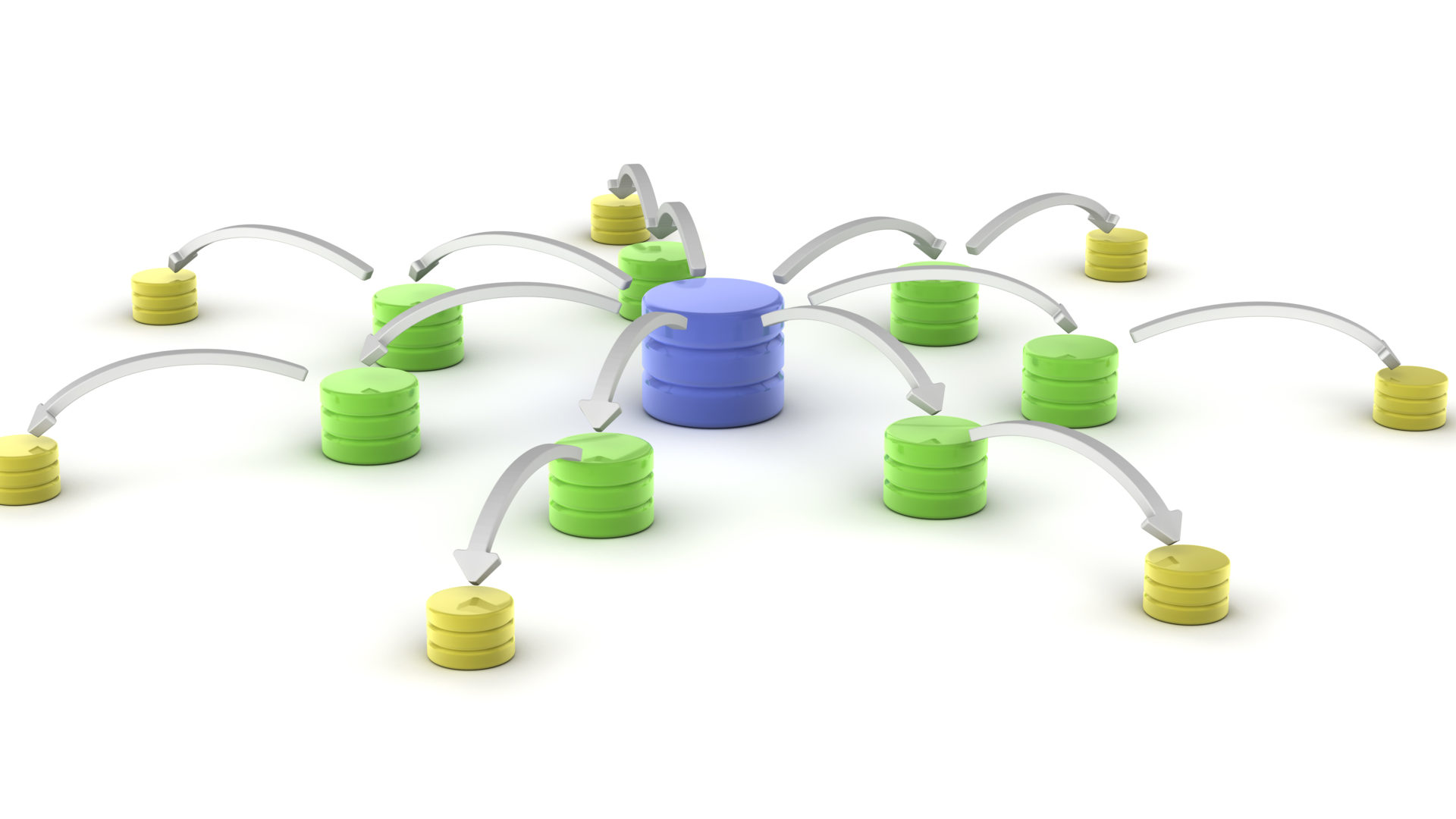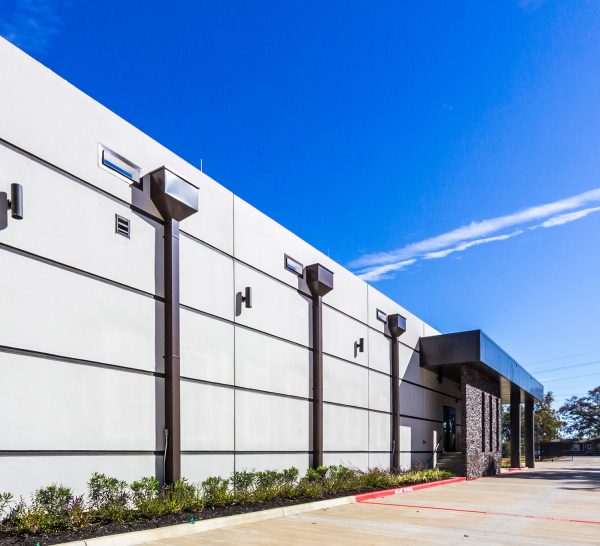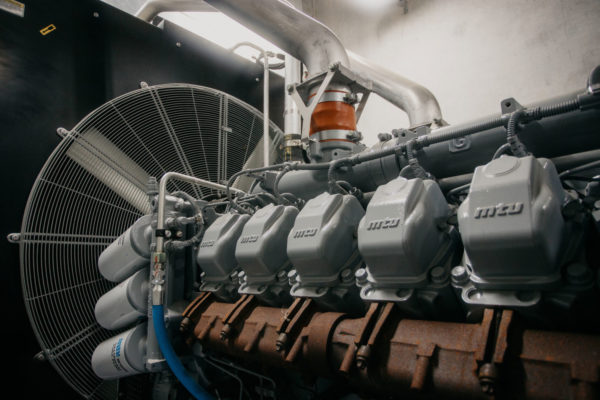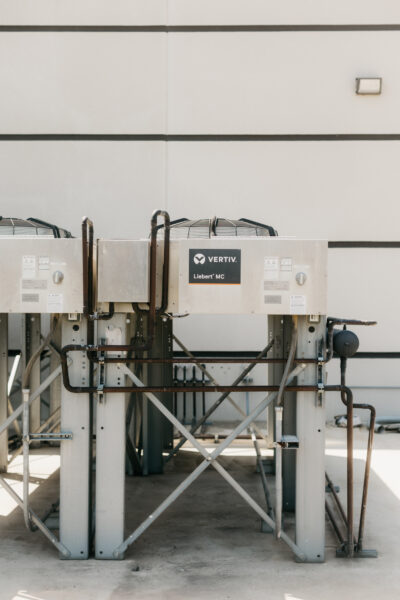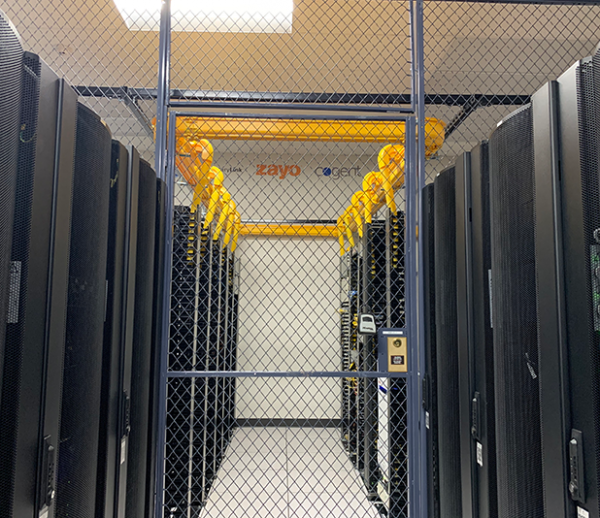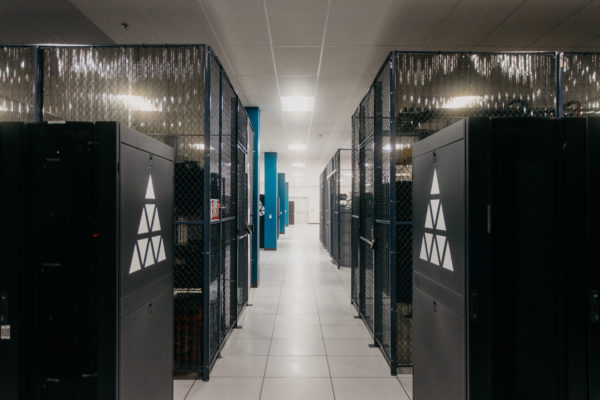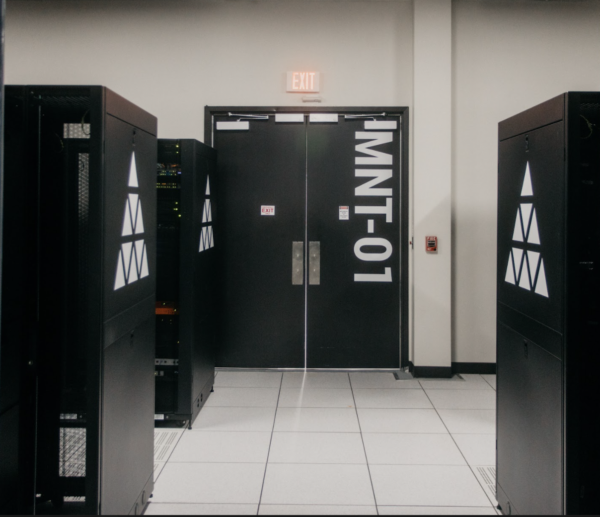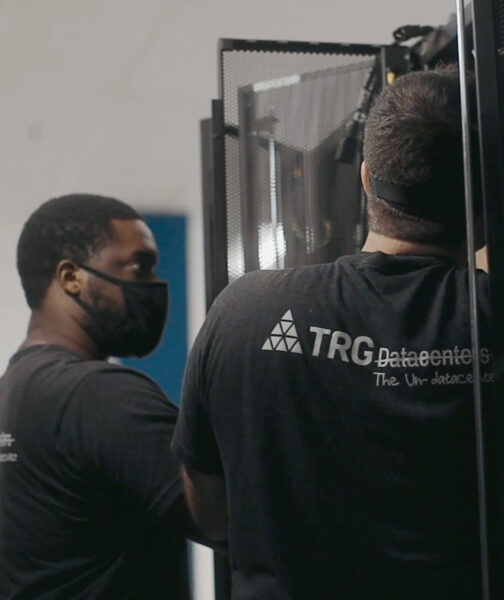Network redundancy is a high priority for any business because it aims to eliminate the risk of downtime – no matter what.
Reducing downtime is, of course, enormously beneficial for any company that relies on online systems to run the processes its work depends on. And in today’s increasingly digital world, that’s almost every company.
If a small amount of downtime would have a significant impact on a company’s profitability or seriously damage the customer experience it aims to offer, then network redundancy is well worth investing in.
In this article, we’ll explain what network redundancy is and why it matters. Read on for all the information you need on network redundancy, along with instructions on how to reduce the risk of downtime for your own business.
How Do We Define Network Redundancy?
Network redundancy is defined as the process of ensuring availability in a network. This is usually managed through the addition of numerous new network devices, along with extra equipment and mediums designed to improve communication.
If a system encounters a failure at any point, whether it be down to a device in the network or a failure of a specific path, network redundancy can be used to avoid the issues that any resultant unavailability would ordinarily produce. Additional equipment can be used to keep systems available, therefore reducing the risk of any noticeable downtime.
The Two Main Types of Network Redundancy
There are two commonly used forms of network redundancy, both of which are widely used for companies of all sizes. These are known as fault tolerance and high availability. But what do these terms mean, and which option would be best for your company? Let’s take a look.
Fault tolerance is a type of network redundancy using hardware redundancy. This means that there is a copy of the system’s hardware which runs simultaneously alongside the main system. The idea is that a failure in the primary system won’t cause any outages because if it’s needed, the backup system will quickly take over and keep everything running smoothly.
High availability network redundancy is another commonly used option. This sees a number of different servers run in unison. Each server is then responsible for monitoring the other servers. Each one will also have the capability to take over should another server encounter an issue. This is an effective way of achieving network redundancy without the need for additional hardware.
High availability is the more affordable option of the two, as it doesn’t require the physical hardware that fault tolerance does. By comparison, fault tolerance requires significant investment, but it tends to be money well spent because the resulting setup is almost completely failsafe.
In terms of performance, fault tolerance is the preferred option. However, if cost is a concern, high availability still provides excellent protection. The level of reliability achieved through high availability network redundancy is more than enough to suit the requirements of most businesses.
Benefits of Network Redundancy
Network redundancy offers several advantages, particularly in ensuring reliability and continuous operation in various network environments. Here are some of the key benefits:
Increased Reliability and Uptime
Redundancy in a network means there are multiple pathways for data transmission. If one path fails due to a hardware fault, maintenance, or other issues, data can still flow through alternate routes. This minimizes the risk of downtime, which is crucial for mission-critical applications and services.
Improved Performance
Network redundancy can lead to load balancing, where data traffic is distributed across multiple lines or networks. This helps in managing network congestion, leading to improved overall performance and faster data transmission.
Enhanced Disaster Recovery
In case of a disaster, such as a natural calamity or a major system failure, network redundancy helps in quick recovery. Backup systems and data routes can be activated, ensuring business continuity and minimal disruption.
Better Scalability
As the demand for network resources grows, a redundant network can more easily accommodate this increase. Additional pathways and nodes can be added without disrupting the existing network operations.
Flexibility in Maintenance and Upgrades
With a redundant network, maintenance and upgrades can be performed without taking the entire network offline. This flexibility is vital for maintaining service levels and reducing the impact on users.
Cost Savings in the Long Run
While setting up a redundant network might involve higher initial costs, it can lead to significant savings over time. The costs associated with network outages, data loss, and business disruptions can be far greater than the investment in redundancy.
Are There Any Downsides to Network Redundancy?
Network redundancy is universally understood to be a good thing because it can really make a difference to businesses that might otherwise have suffered from downtime. However, like most good things it does come with an element of risk, so it’s worth considering this if you are thinking of investing in network redundancy improvements.
The main risk of network redundancy is the fact that it will inevitably increase complexity. While this, in itself, isn’t always a problem, it can mean an increased chance of something going wrong elsewhere in the system. Because the more complex the system is, the more likely it is that something could go awry.
Human error is the main concern in very complex systems. There are other potential problems, though, such as the probability of a software bug affecting availability or causing a complete system failure.
While concerns about complexity shouldn’t be a reason to avoid network redundancy completely, it’s still worth bearing this in mind. When improving redundancy, changes should always be weighed up against the increased complexity that they will result in.
The Human Error Problem
No network is completely immune from the risks posed by human error, but is of course possible to reduce this level of risk by a considerable margin.
Bear in mind, though, that human error must still be factored in even with a single blended carrier, because there is always a possibility that the operator could make a mistake. Even if you have five carriers upstream, you can still be impacted by an error made by a single person working on the BGP table. And that’s why, despite the incredible technological advances we’ve seen in recent years, human error remains the top issue in even the world’s most advanced data centers.
It’s also worth taking a step back and thinking about the simple mistakes that businesses make all the time. Think about your own plans for network redundancy, for example, and consider when you last tested the recovery strategies you have in place.
All too often companies fall foul of the human error aspect when it comes to failure to test. This means that no matter how well thought-out internal architecture and configurations might be, they haven’t been adequately tested. So, when a failure actually does occur, they don’t work as they should.
The Cost Factor
Exceptional uptime comes at a cost, and for some businesses this is money well spent. But for others, a slightly lower level of reliability might actually be better for the company in the long-term, considering the money that could therefore be saved and invested elsewhere.
The more a provider promises, the more you can expect to pay. The level of maintenance required in a higher-tier facility and the skilled personnel required to guarantee totally reliable uptime means significantly higher fees, so it’s not the ideal solution for every company.
Service level agreements (SLAs) will guarantee the quality of support and services being offered. The agreement will typically cover reliability, service uptime, performance and other offerings such as disaster recovery and bandwidth.
Before making any agreements, we always advise companies to pay close attention to pricing, particularly any add-on fees that could really ramp up those bills, and the length of the contract in question. The price will typically be locked-in for the duration of the contract, but some providers charge extra for things like power rate adjustments, cross-connects and remote hands-on. Look into the potential of annual escalations too, particularly things like property tax rate pass-throughs and any service surcharges that you can expect to pay.
Really consider what level of uptime your company needs before entering into a new agreement. If, for example, your company only needs a Tier I data center, you could find yourself paying far more than you need to by entering a colocation agreement with a Tier IV facility. Take a look at our guide to colocation pricing to learn more about pricing and how it works.
The limitations of Network Redundancy
Network redundancy is often talked about alongside network diversity. In an ideal world, systems would be fully protected by both methods.
Network redundancy can massively reduce the risk of downtime when we look at issues within the system itself, but often systems are affected by situations that are completely out of our control. That’s where network diversity comes in.
Some of the main causes of outages include incidents in the real world, that even the safest and most secure systems could never be immune from.
Natural disasters, floods, fires, and other weather events can easily cause system outages. While we can always insure against such occurrences, it’s very difficult to provide a system with total protection from incidents like these.
There are things we can do to provide even more protection for systems, however. In addition to network redundancy processes, systems can be protected using a process known as network diversity.
Network diversity involves designing duplicates that can be located in a number of different geographic locations. Usually, companies will choose to house these duplicates in different data centers, but the cloud can also be used for safety measures like these.
The most resilient networks are those that are housed in different locations that are unlikely to be affected by the same weather events. But the use of the cloud takes that resilience to the next level, so this is another option that’s well worth considering as you create your disaster recovery plan.
Get More Advice on Network Redundancy
If you’d like to learn more about network redundancy, or you’re simply looking for new ways of increasing reliability for your business, don’t hesitate to get in touch with our team.
We’re proud to build the best data center experiences at TRG Datacenters. Our consultative approach has been designed to help customers find the right size and tier for any deployment. With numerous different options available, our team can find the right fit for your specific requirements.
Give us a call to find out more.
Looking for colocation?
For an unparalleled colocation experience, trust our expert team with three generations of experience
